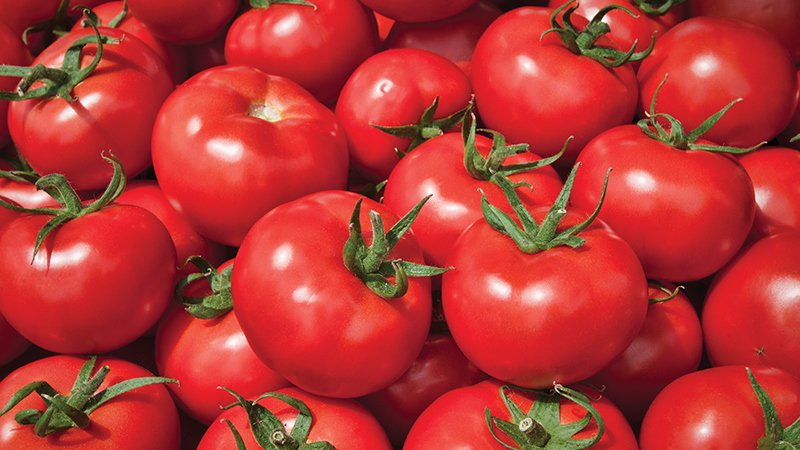Growing Vegetables On The Moon
Many potential rides to the moon may be available in the near future, with commercial spacecraft companies competing to collect the Google Lunar X-Prize in 2015 for a lunar plant growth experiment, according to a NASA press release.
NASA is constructing a small technology demonstration unit to study germination of plants in lunar gravity and radiation on the moon. After landing in late 2015, water reportedly will be added to the seeds in the module and their growth will be monitored and compared to Earth-based controls.
According to the press release, the seeds to be planted will include Arabidopsis, basil, and turnips. This will be the first life sciences experiment on another “world” and an important first step in the utilization of plants for human life support.
The overall science goal is to study germination of plants in lunar gravity and radiation. The education goal is to create a simple version of the lunar plant growth chamber that can be reproduced in large numbers for use in K-12 education.
The concept, according to NASA, is to develop a very simple sealed growth chamber that can support germination over a 5- to 10-day period in a spacecraft on the moon. Filter paper with dissolved nutrients inside the container can support 100 seeds of Arabidopsis and 10 seeds each of basil and turnips. Upon landing on the moon a trigger would release a small reservoir of water wetting the filter paper and initiating germination of the seeds. The air in the sealed container would be adequate to for more than five days of growth.
No additional air supply or air processing would be necessary. The seedlings would be photographed at intervals with sufficient resolution to compare with growth in Earth controls. We would use the natural sunlight on the moon as the source of illumination for plant germination as a first ISRU (in situ resource utilization) demonstration.
Click here for more information.
Source: NASA press release










